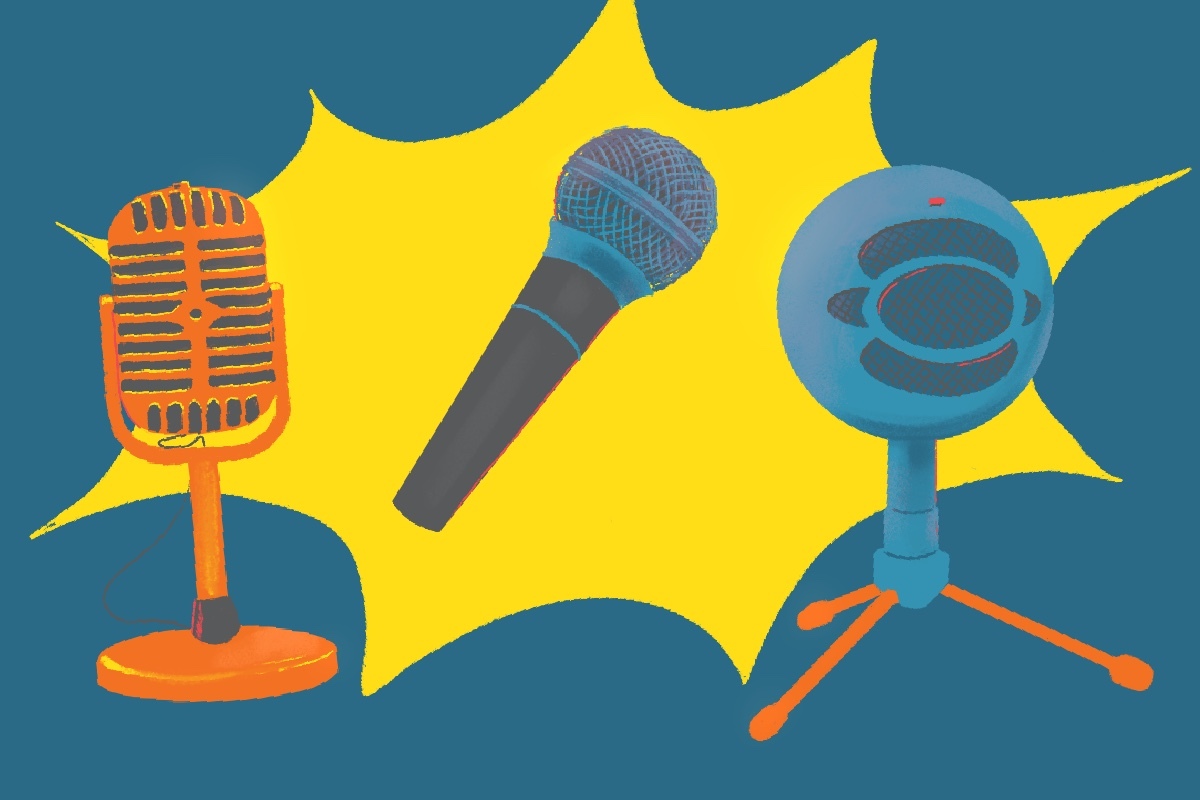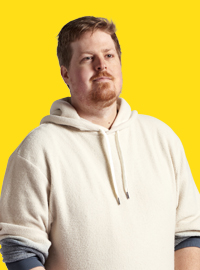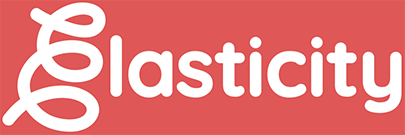Many clients recently began excitedly pitching the idea of starting their own podcast. And hey, I completely get it. There are over 2 million podcasts out in the wild (I’ve even got two of my own.) But from a business perspective, a podcast can often be both a time and effort sink for very little gain.
So when we’re approached for our advice on getting a podcast off the ground, here are the questions we ask our clients to help them understand both what it entails and determine whether it’s right for their needs and goals. And they can help you too, long before you decide whether to hit that record button.
The Who, The Why & The What
Who is this for? Spotify, one of the leading podcast platforms, advises to “define your niche” and “design an audience persona” before you start recording. Who is your audience – Are you speaking to CEOs, who might need information presented in very efficient 10-15 minute episodes? Maybe you’re talking to customers who want to hear from you at least once a week. Or are you courting prospective clients who only need a single episode about a specific product or service you offer? Knowing your audience will help you determine your tone, frequency, length and many other things, especially when paired with the answers to the next question.

Illustration by Mary Moriarty
Why are you doing it? Podcasts, like any advertising campaign execution, can have all sorts of goals. Education, awareness, signups, purchase — know what you want your listeners to do after they hear your episode. This can give your podcast structure, building your list of topics and keeping you on task.
What’s your format going to be? There are some podcasters who just turn on a mic and start talking. But unless you are A) incredibly charismatic and B) incredibly knowledgeable about your topic, you’re going to want to do some prep to build some structure into your episodes. You don’t need a full script (the beauty of podcasts is often their off the cuff, conversational nature), you’re at least going to want an outline of what you’ll be talking about to keep you and any guests focused on the topic at hand. Speaking of guests…
Staffing
Who’s going to be on it? Do you have a set team for every episode, or will people rotate in and out? Will you have a main host? Are you planning on bringing guests? Most importantly, are all of these people comfortable in front of a microphone and have good chemistry with each other? These are all things that can be changed or improved, but you’ve got to have a plan going in.
Who’s going to produce it? If you want to put out a podcast that someone wants to hear, then you’re going to need to put at least a little effort into production. That means someone to edit out the “umms” and “uhs,” cut the dead air, trim mistakes, maybe add some music, sound effects, supplemental clips, and more. You’ll also need someone to upload the podcast, write descriptions and add potential references or citations. All of this work can take hours to do, so make sure you have someone available to take on these tasks. Alternatively, you can hire an external podcast producer, but that can often be outside your budget.

Illustration by Mary Moriarty
Who’s going to schedule everything? If your podcast is more than just one person talking into a mic (which it really should be), you’ll need a schedule. And the more people you need for a show, the more precarious scheduling becomes. The most successful podcasts follow a strict posting schedule (every Monday, first of the month, etc.), so when you set your frequency, make sure you’re committing the time to hit it.
The Technical
Do you have the equipment? You don’t need to break the bank and buy fancy microphone setups for every single person on your podcast, but you really don’t want to record straight into your laptop’s microphone either. Invest in some type of microphone to get started (there are many good ones for less than $100); you can always add better equipment later.
Do you have a place to record? Just like with your equipment, you’re not required to have a proper recording studio on hand. But you need a quiet, enclosed room to record your episodes. Make sure it’s got enough room to fit everyone!

Illustration by Mary Moriarty
Are you thinking about video? Video, while a very compelling addition for your audience, adds an immense amount of complexity and cost to your podcast. You need both a mic and a decent camera (as well as someone to work that camera.) It also requires a more specific room in which to record and a presentable set or backdrop. And your talent also needs to be camera ready on top of comfortable speaking on a mic. You can put your podcast audio underneath graphics and animations or set up a live stream, but again, someone has to make and operate those, and that takes a lot more time and production.
Other Considerations
How are people going to find it? Your podcast might serve as marketing for your business, but without marketing the podcast itself, no one’s going to know to listen. Building an audience takes time and effort, just like a social media page, so don’t expect instant success. Here are some good tips on expanding your podcast’s reach. But if you’re looking for a more immediate return, consider this final question.
What could you be doing instead? There’s a lot that goes into running a podcast. And even if you have great answers to all the above questions, you still might find that a podcast may not be the best use of your limited resources. A blog post can often present the same information more concisely for your audience. A YouTube video can more clearly present technical information through visual reference than an audio podcast. A newsletter can more effectively drive your audience to click a link and take a desired action. And a billboard will often have magnitudes better total reach. While a podcast might be fun for you, it’s not necessarily going to help you achieve your goals.
None of the above is meant to discourage you from starting a podcast for your business. They can be a great way to give your brand a personality and connect directly with your audience. But no matter how trendy they might be right now, it’s important to remember they are just one of many tools you have to get the word out. And at Elasticity, we can help you weigh those tools to make sure you are getting the best return on your marketing dollars.



